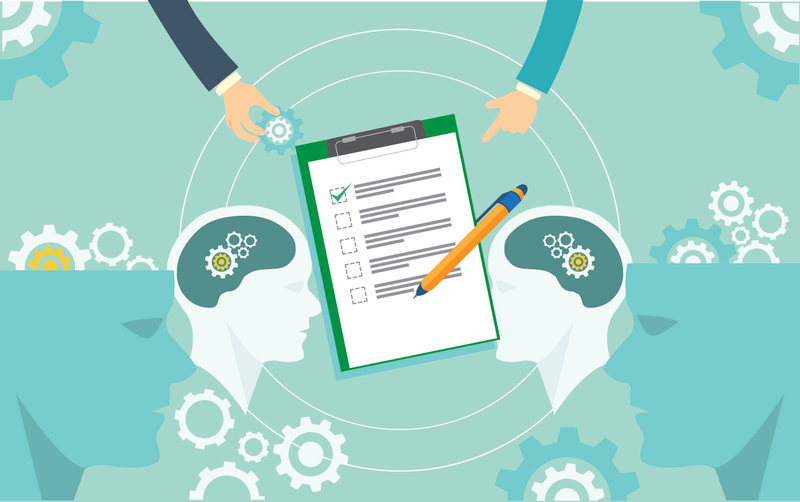Professional Partner Content
3 Reasons for HR to Connect Performance Management and Learning
Published Mon Apr 27 2020

So much has changed in the HR, learning, and talent development field during my 15-plus-year career: the fluctuation of talent pools, the demands of a modern workforce, and the speed of change that businesses face. Add the coronavirus to the mix, and any ideas you had about change management were about to, well, change.
The effect of these demands on recruiting, retention, learning, development, talent strategy, employee productivity, and performance has left many HR professionals wondering, “What exactly is HR’s value proposition and function?”
The fact remains that—global crisis or not—the HR function continues to include managing those routine yet essential processes: recruiting, hiring, onboarding paperwork, legal compliance, harassment training, and workforce planning, to name a few.
This isn’t the rule, of course. HR leaders at many companies have done excellent jobs at up-leveling their teams beyond the administrative processes to a people- and culture-first approach that puts the “human” back into human resources.
Still, I often see a prevailing problem : The human capital management processes of the past aren’t flexible enough to adapt to the dramatic shifts in the way we need to effectively manage the workforce, deploy learning initiatives, develop talent, and deploy an overall human capital management strategy.
While several of these old processes sit on my top five “time to adapt” list, one that stands out is performance management. HR should connect performance management and learning and there are three reasons why:
Reason #1: Performance management has evolved.Traditionally, performance management is a point-in-time event that happens annually or biannually alongside merit increases.
Throughout the years, however, studies revealed that continuous performance management and feedback loops coupled with ongoing learning and development programs are crucial to engaging and retaining employees while giving HR teams a talent pool to meet changing business needs.
Reason #2: L&D teams are the linchpin. Having served in roles across the restaurant, hospitality, and manufacturing industries, among others, I’ve witnessed how HR and learning and talent development teams engage while serving their departments and employees.
I know for sure that L&D can act as the linchpin to adapt the old performance management process to the new, continuous performance management cycles. L&D has a holistic view of the needs, gaps, and effective programs for divisions, jobs, and roles.
With the right learning management or talent development platform, they can identify the connection between skills and behaviors and how to deploy them alongside performance management cycles and see the employee experience when it matters most.
Reason #3: It’s the right time to integrate learning and performance management. “In an age where continuous learning is essential to drive new skills and behaviors, fewer than half of companies effectively link learning to performance.” This Brandon Hall Group observation hits home because it’s true—but it doesn’t have to be.
The question becomes: What keeps HR teams from changing their processes?
I’ve found that L&D leaders see the gap, and HR teams are constrained by competing priorities and an increased need to address more strategic, higher-priority areas in addition to their existing functions (payroll, benefits, rewards).
Moving toward a more agile, collaborative, and continuous performance management process requires both teams to recognize this transition as an important priority for future success.
By implementing a continuous cycle of performance and goals management within your organization, HR and L&D teams can:
● Measure the impact of competency and skills.
● Support learning effectiveness and impact measurement.
● Identify skill, knowledge, and competency gaps.
● Establish the link between performance review feedback and development to close gaps.
● Develop an informed strategy to identify and fill open roles from within.
There are many ways to adapt your performance management process to your organization’s changing needs. Most importantly, it’s an opportunity to bridge the divide between HR and learning to deliver a more personalized, effective performance management review cycle.
Learn how your organization can bridge the gap between learning and performance by watching this ATD webcast sponsored by Schoox.
Editor’s Note: This is adapted from Schoox’s article in HR Dive.

